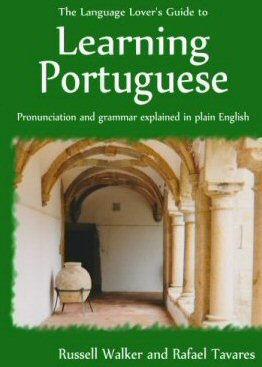To identify an adjective, just check whether the word gives you more information about a noun. Adjectives always relate to nouns (sometimes indirectly – via a pronoun), and usually describe them in some way – e.g. to denote size/colour/texture/quality/etc. Some examples of adjectives: brown; soft; musical; large; expensive; happy.
In English, adjectives normally appear before the noun they describe (e.g., ‘the black shoes’, ‘a small table’). In Portuguese however, (as with other Latin-based languages) the adjective appears after the noun (e.g., ‘os sapatos pretos’, ‘uma mesa pequena’). This takes a bit of getting used to, but is actually more logical, especially when using several adjectives in a row, because you know what noun is being described up-front, whereas in English you have to wait for the sentence to finish before you know what is being spoken about.
Adjectives usually have a gender, and this must ‘agree’ with the gender of the noun being described. So a small house is ‘uma casa pequena’ but a small book is ‘um livro pequeno’.
|
Examples of Portuguese adjectives |
||
|
Portuguese |
English |
|
|
Masculine |
Feminine |
|
|
barulhento |
barulhenta |
noisy |
|
cansado |
cansada |
tired |
|
amarelo |
amarela |
yellow |
|
congelado |
congelada |
frozen |
|
morto |
morta |
dead |
|
fácil |
fácil |
easy |
|
chato |
chata |
boring |
|
rápido |
rápida |
fast |
|
assustador |
assustadora |
scary |

